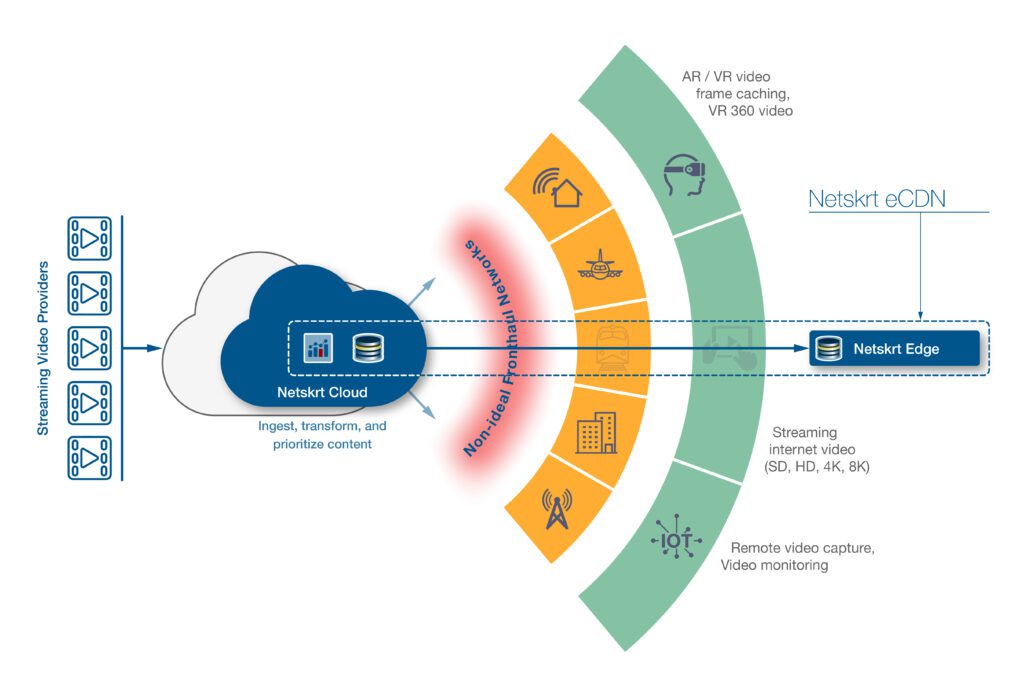
Netskrt Systems, a Vancouver-based content delivery network (CDN) startup, believes it has the tool set that is needed to provide high-quality streaming video to hard-to-reach rural areas.
The company is touting the ability to more effectively deliver live sports to these regions and fend off subscriber churn in the process.
When watching fast-paced, competitive content like live sports, Netskrt claims that frequent buffering and inferior video quality cause customers in rural areas to “become frustrated with a poor quality viewing experience."
Churn inevitably follows.
Netskrt says streaming companies can solve the problem by incorporating its “edge-native CDNs” (eCDNS), content delivery networks specifically designed to ensure high-quality viewing experiences for non-metropolitan customers.
By incorporating an edge-native CDN into their content delivery strategy, streaming services can extend high-quality viewing to subscribers in remote and rural areas, and ensure up to 15% of subscribers who live beyond metropolitan areas won’t have to suffer from buffering or lower-resolution video, the company said.
The startup said eCDNs use a combination of cloud-based content and network management function to ensure outskirt internet-service providers and content providers can verify and validate that all their customers are getting the best possible experience.
The smarter way to stay on top of the streaming and OTT industry. Sign up below.
“Content providers get an online set of rights to distribute their content online, but the question is, how can they be sure that they're reaching everybody to monetize effectively?” Netskrt Systems VP of product strategy Steve Miller-Jones told Next TV. “With eCDNs, they can verify that they are actually reaching the entire population with a quality that’s acceptable today.”
Netskrt cites S&P Global Market Intelligence’s prediction that sports media rights payments will exceed $25 billion in 2023 as proof of the need to cater to sports viewers.
“Every major company has experienced serious technical issues when streaming live events that attract large viewing audiences watching simultaneously,” Miller-Jones said. “Edge-native CDNs put every subscriber within one hop of an edge cache, minimizing latency, enhancing the delivery speed of video content and improving the metrics that affect quality of experience.
“When edge-native caching is in place, viewers in last-mile or ‘last-subnet’ locations have an equally high-quality viewing experience as millions of other subscribers in highly populated urban areas,” he added.
In January, Netskrt partnered with global software provider Thales to bring airplane passengers full access to streaming services while in flight through the use of these same edge-native CDNs.
Founded in 2017 by CEO and technological entrepreneur Siegfried Luft, Netskrt has previously employed on-demand streaming on railways in the United Kingdom, continental Europe, North America and other underserved locations.
Luft is also president and owner of Gulf Islands broadband provider Beacon Wireless, which he started in 2010. He also founded cloud computing startup Siaras as well as the telecommunications supplier Zeugma Systems.
Jack Reid is a USC Annenberg Journalism major with experience reporting, producing and writing for Annenberg Media. He has also served as a video editor, showrunner and live-anchor during his time in the field.
